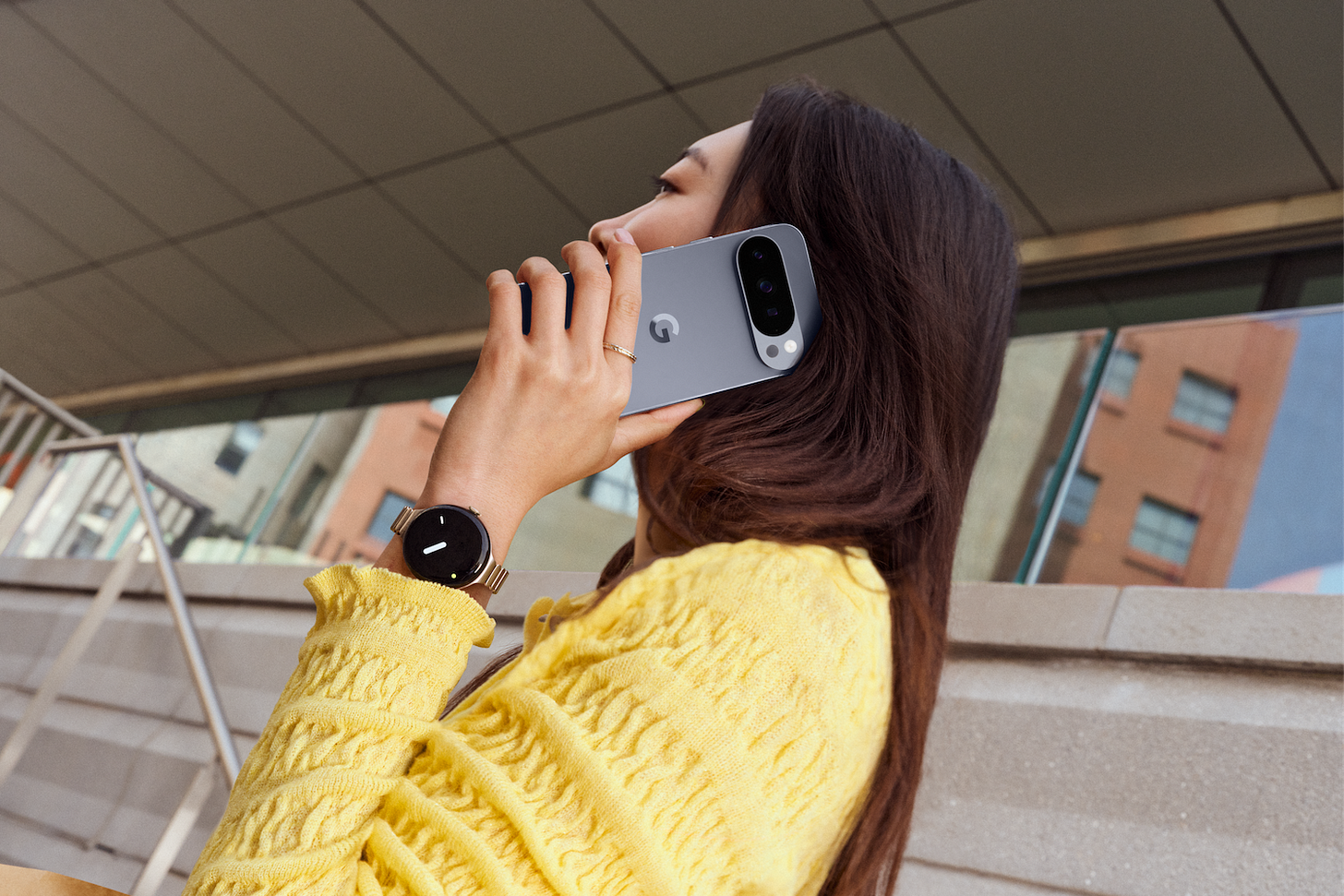Pixel, Apple and Amazon
Instruction Set, August 25th
Welcome back to Multicore. This is Instruction Set for Monday, August 25th.
There was a lot of news last week, headlined by Google’s Pixel 10 launch. I have the 10 and 10 Pro XL in hand; reviews will follow shortly for those, but the 10 Pro Fold and Watch 4 will be a little further out since they’re not going on sale until October.
This is not a year of dramatic hardware changes for the Pixel; all three phones and the watch look very similar to last year. Still, there are a lot of details to unpack about this lineup. Here are some of the more intriguing nuggets I dug out around the launch.
The base model Pixel 10 now has a 5x telephoto lens, but its other two cameras may have taken a step back; the overall setup is very similar to the 10 Pro Fold’s, although the ultrawide sensor is a little bigger. Last year, meanwhile, the Pixel 9 had the same cameras as the 9 Pro, other than the lack of telephoto. Hardware isn’t everything with Pixel cameras, and the telephoto may well be worth the tradeoff, but it’s something to watch out for.
The Pixel Watch 4’s screen has further shrunk the bezels and now curves along with domed glass, which sounds neat. It’s also much more easy to repair, which was a particular problem with earlier models — they usually had to be replaced completely. Wired has a good story (complete with teardown photos) focusing on how Google rethought the internal design. You’ll be able to buy replacement parts from iFixit.
Google also focused on repairability with the Pixel Buds 2A, its new $130 entry-level earbuds. While there isn’t much you can do with the earbuds themselves, the battery in the case can be easily swapped out.
Hopefully you won’t need to repair your $1,800 Pixel 10 Pro Fold in the first place, but it is the first foldable phone to come with an IP68 rating, meaning full water and dust resistance. I’d still be nervous about scratching the soft inner glass at the beach, but this is a good step forward.
The big new feature across the Pixel 10 phones is Pixelsnap, which is Google’s name for MagSafe-style Qi2 magnetic wireless charging. It has taken a weirdly long time for Android phones to adopt this, but I’m glad it’s finally here.
The Pixel 10 Pro XL charges wirelessly at up to 25W with Pixelsnap, while the 10 Pro and 10 are limited to 15W. Google tells Android Central that this is due to more thermal headroom in the larger model.
This year’s Pixel phones no longer support “Battery Share” reverse wireless charging, which Google apparently says is because of a “physical limitation” related to the magnets. It is true that Apple never introduced this feature, which you’d think might’ve been popular among AirPods owners.
Hardware chief Rick Osterloh tells Bloomberg that there are no immediate plans for Pixel flip phones, tablets or other form factors like smart rings. I kind of think the Pixel would be a perfect fit for a flip phone — imagine Gemini on the outer screen, plus the camera hardware shouldn’t be too much of a compromise — but sounds like it isn’t happening any time soon.
Google also announced Gemini for Home, which has been a long time coming; its smart home products are all still currently stuck with the Google Assistant. I used to get a lot of use out of my Google Nest Hub, but it’s really just a glorified photo frame these days. If Google could revive it as an actually useful Gemini display, that’d be something.
It does seem like new hardware is forthcoming. Android Headlines pointed out an unannounced speaker that made its way into Google’s launch video; it looks a little like a HomePod mini, and the site claims it’s a real product that’ll launch as a Gemini-first speaker.
This sounds like a good idea, but I’ve learnt that I really prefer to have a screen for this stuff — I’ve used Gemini much more since it recently came out on the Pixel Watch than I ever did when I could use it through the Pixel Buds. Hopefully there’s a solid smart display strategy in place, because it sounds like the Pixel Tablet was not it.
Speaking of Gemini, it might be showing up in Siri, of all places.
Keep reading with a 7-day free trial
Subscribe to Multicore to keep reading this post and get 7 days of free access to the full post archives.




